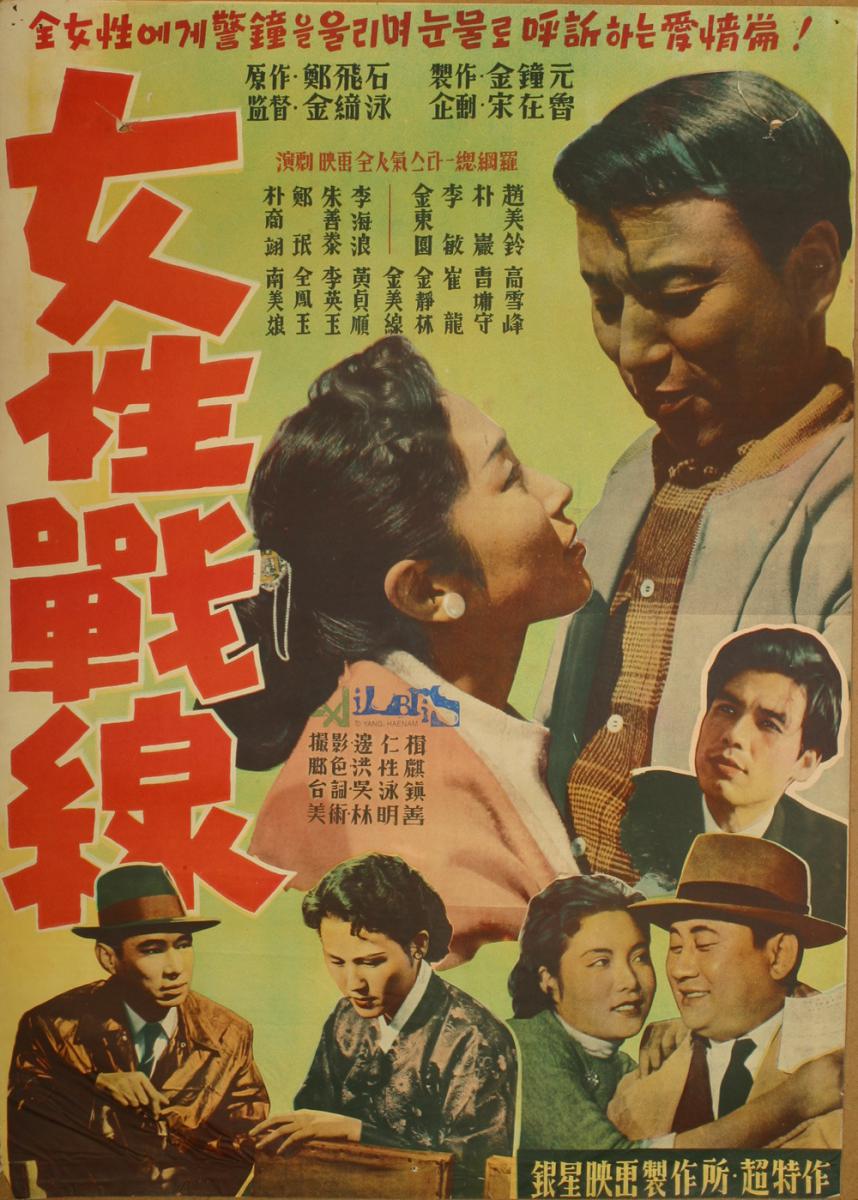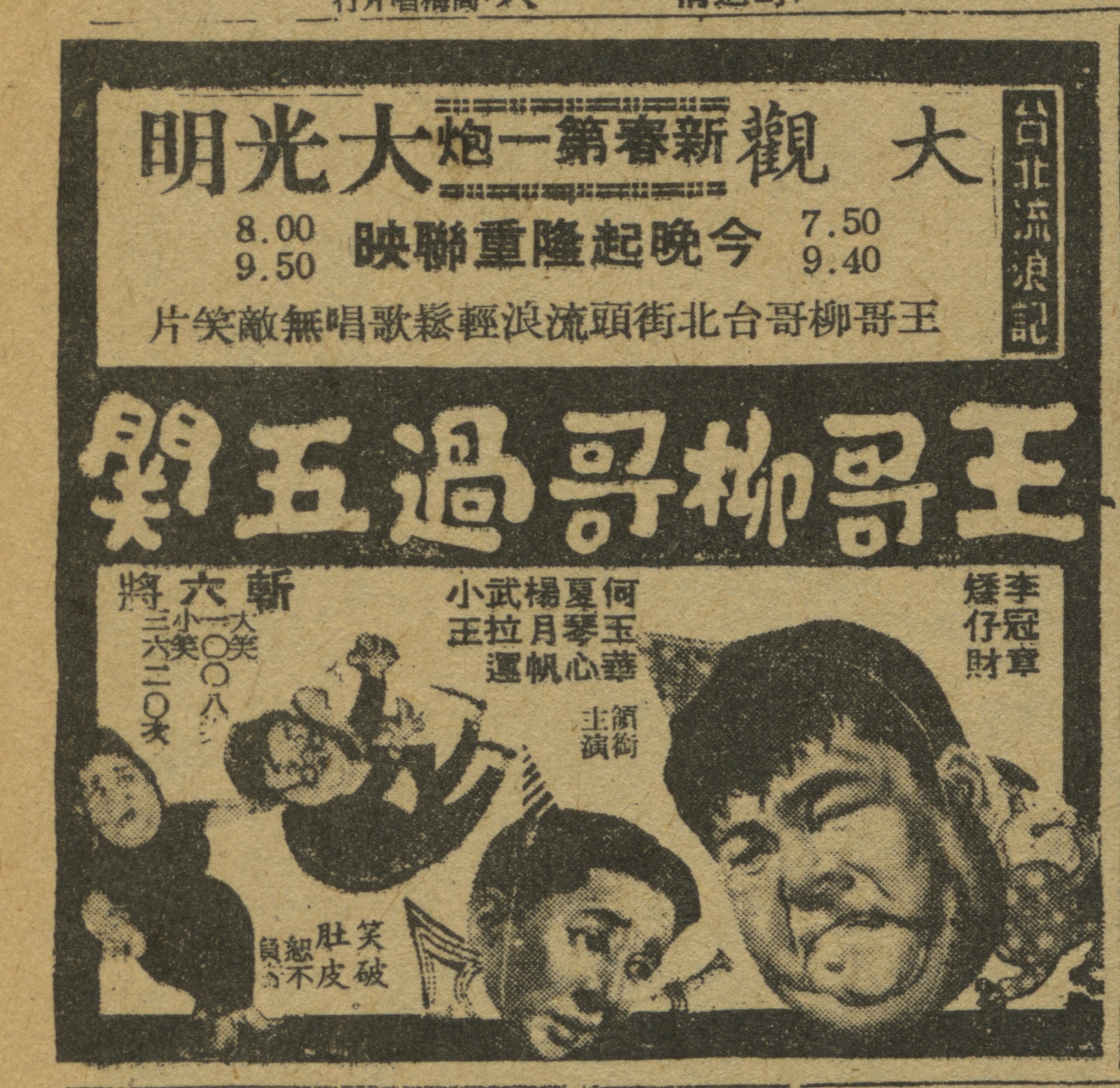Read Previous Part: https://booksfromtaiwan.tw/latest_info.php?id=100
The Past Reborn: Restoring Taiwan to its Place in Global Film Studies
“Raw material” is one of the themes that ties together Su Chih Heng’s portrait of Hokkien language film. “I believe that the sourcing of film stock is one of the keys to re-assessing movie history, one which ties movie history to world history.” He points out that as the so-called “Camphor Kingdom,” Taiwan exported the raw materials needed to manufacture celluloid film, thereby forming a pillar of the emerging Hollywood film industry.
Su shares another historical example of Taiwan’s role in the global film production, this time involving Nollywood, Nigeria’s film industry. As a major supplier of blank video cassettes, Taiwan played a supporting role in Nollywood’s rise in the 1990’s as an industry focused on direct-to-video movies. Yet, the reason Taiwan could manufacture low-cost video cassettes had to do with its own film industry. As the costs of black and white film rose, Taiwanese filmmakers increasingly turned to shooting on video to save on capital costs and stay competitive. This stimulated the formation of a blank video cassette industry in Taiwan that was later able to supply the Nollywood boom.
Shifting his focus to Asia, Su Chih Heng discovered that the Hokkien language film industry was engaged in a three-way cultural and literary exchange with Japan and Korea. “When I was in the Korean film archives, just by scanning through the entries I could identify numerous films whose titles were identical to Taiwanese films, like Love Intersection (愛情十字路). Often these films were based on a single screenplay that was passed between Taiwan and Korea.” Or take Japan’s immensely popular Meiji period novel, The Usurer (sometimes titled The Golden Demon), which was adapted to film in both Taiwan and Korea.

Movie Poster of Korean Film A Woman's War
(Resource: open data)
ONCE UPON A TIME IN HOLLYWOOD TAIWAN suggests new possibilities for global film history with its unique concern with industrial and technological factors in film production. This is nowhere better demonstrated than in Su Chih Heng’s analysis of the role of the “color ceiling” and black and white film supply issues in the demise of the Hokkien language film industry. “Previous research has put less emphasis on the production bottleneck created by the transition to color film. Exactly what kinds of culture were favored, and exactly what was eliminated in this transition is a question worth re-examining. We can only make precise (international) comparisons if other countries take the initiative to fill in this missing information and data.”
Industrial History: The Next Big Thing in Publishing!
ONCE UPON A TIME IN HOLLYWOOD TAIWAN has its origins in Su Chih Heng’s Master’s thesis. While adapting his thesis to book form, he and the editors at SpringHill Publishing discovered that both in Taiwan and overseas, books on the industrial history of filmmaking were rare, and works of industrial history in general were not very reader-friendly, being dominated by charts, data, and dry discussions of government policy. The final form of ONCE UPON A TIME IN HOLLYWOOD TAIWAN is an attempt fill these gaps: a complete history of Taiwan’s vanished local-language film industry presented in a readable, hard-hitting, narrative style.
Su Chih Heng had to completely re-organize his thesis, incorporating in-depth interviews with filmmakers, crew-members, and actors, to create a more story-centered approach to history. “It was like writing a work of creative non-fiction,” he says. He hoped the book would provide readers a window on the dynamism of Taiwanese filmmakers within a global, industrial framework, restoring the voices of those who created Taiwan’s golden age of film. Su Chih Heng spent many painstakingly hours developing and filling out the predominantly chronological structure of the book. “The first chapter looks at three particularly well-crafted films as a starting point for discussion. Next we look back at the history of the Japanese colonial period. Then we look at the entire process of developing an industry (of filmmaking), and later, film promotion and distribution to theaters. After two waves (of development) comes the pinnacle of Hokkien language film, with its reliance on tent pole color productions, leading to the ‘color ceiling’ effect, and the inevitable decline of the industry. Finally, we look at the modest revival that came after the relaxing of martial law and analyze the continuing influence of early Hokkien language film.”
.jpg)
Movie Poster of The Best Secret Agent: Fake Couple
(Resource: Taiwan Film Institute)
Tân Saⁿ and Gō-niû (陳三五娘), released on New Year’s Eve 1981, is often considered the last major Hokkien language film release, but Su Chih Heng believes the story of Hokkien language film hasn’t yet reached its conclusion. ONCE UPON A TIME IN HOLLYWOOD TAIWAN is only one chapter in the story. By re-engaging with these classic films, Su Chih Heng’s book challenges previous historical perspectives on Hokkien cinema, reviving and extending the pedigree of Hokkien language film into the present era. As such, the book is a model for overturning the historical assumptions of the past by establishing a true cultural history of post-war Taiwanese society. By reconnecting readers to the pulse of this golden age of Taiwan cinema, Su Chih Heng unearths the forgotten stories of Taiwan cinema, liberating them to resonate in our present times, and on into the future.


.jpg)